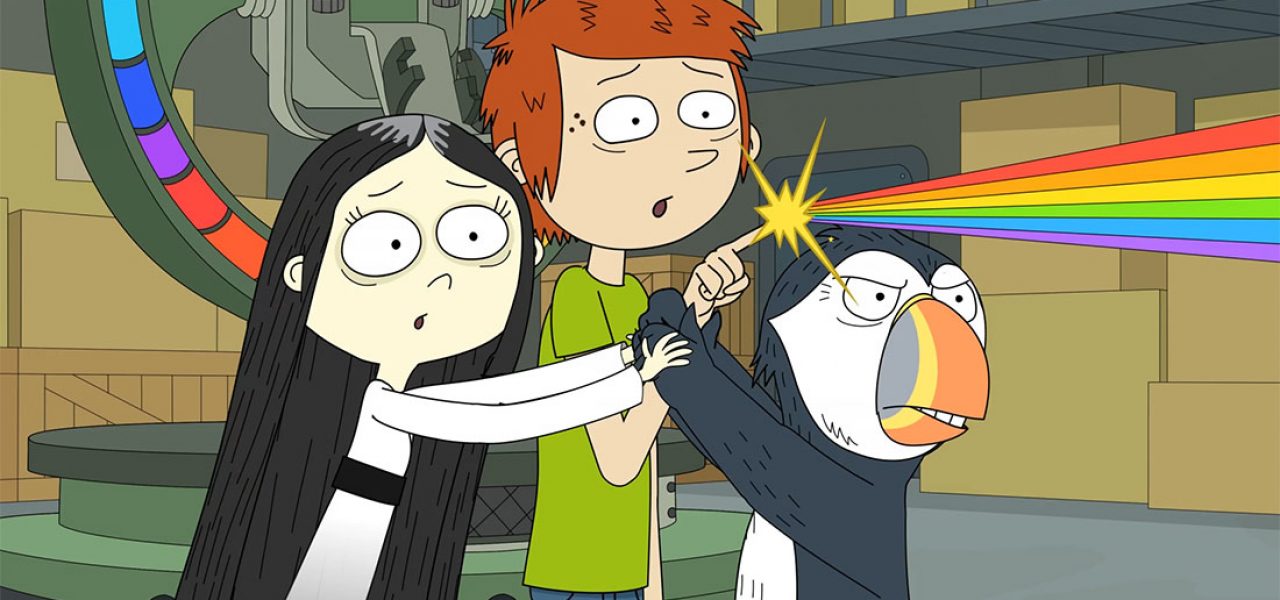
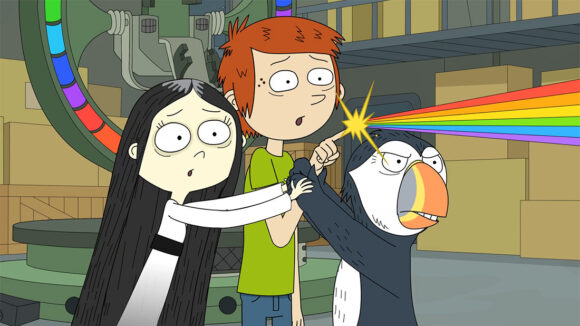
Selling Your First Animated Series: ‘Wishfart’ Co-Creator John Hazlett Explains How They Did It
One of the most intriguing nominees at the recent Canadian Screen Awards was the upstart series Wishfart, which took five nominations, a noteworthy accomplishment for a first-year series.
Though it didn’t win any awards, the nominations were well earned. [For the record, they were for direction (Jason Groh), sound (Scott McCrorie), and three for writing (Emer Connon, Stephanie Kaliner, along with co-creators John Hazlett, Lienne Sawatsky and Daniel Williams).] So much tv animation is loud and boorish, but Wishfart (you know, like a ‘brainfart’) is a wonderful exception. The series, about a teenage leprechaun (whose attempts to grant wishes frequently leads to chaos) and his friends (a puffin, named, well, Puffin, and Akiko, a ghost girl) is a beautifully conceived, designed, and written work subtly loaded with positive messages about diversity, the chaos of youth, materialism, identity, and self-control/reliance.
What is even more unique about Wishfart is that it’s entirely creator driven. The trio of John Hazlett, Lienne Sawatsky and Daniel Williams created, co-wrote, and produced the series – which airs in Canada (Teletoon), France (Canal +), UK (the show actually debuted on ITV), Norway, Africa, and Russia.
Cartoon Brew spoke with co-creator, John Hazlett, to get the story behind Wishfart’s rather unique and encouraging genesis.
Cartoon Brew: First, it must be satisfying to have the show up for so many Canadian Screen Awards after just one season.
John Hazlett: Getting three nominations in the writing category is definitely a fun nod to a show created and run by writers.
Can you tell me a bit about the origins of the show?
John Hazlett: Lienne, Dan, and I met in Montreal. They were already established as writers and had been working in animation. I had been working in features, writing, directing, and producing. I had seen them at a writer’s party and had heard they were in the ‘tv business,’ so I asked them to lunch. We started coming up with live action project and pitched them around. We got no bites but we were having a lot of fun doing it.
One day Dan came up with a live-action show idea about a guy in a green suit who had limitless funds and went around granting people’s wishes. Lienne and I thought it was a dumb idea. I pointed out that Dan and Lienne had written animated shows – so why not pitch a kids animated show? So together we came up with the idea for a show with a non-traditional leprechaun at the center.
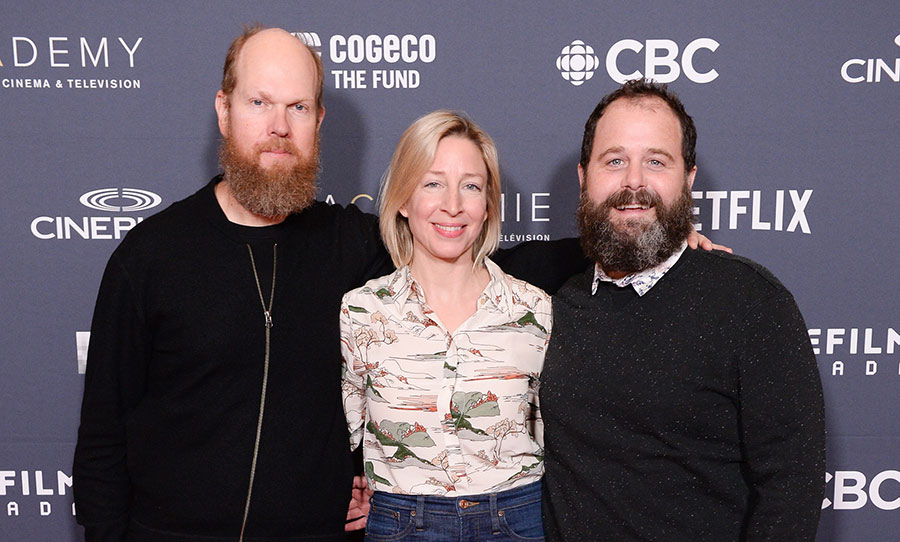
How did you approach the pitching process? Animation is a bit of a different beast than live action.
John Hazlett: Back when we first came up with the idea, Lienne and Dan, being established as animation writers, had good relationships in the industry so we shopped a written pitch around to all the known players and production companies. We got a lot of positive feedback, but everyone passed. It was disappointing at the time, but it meant we still controlled the project.
Some people told us to never pitch directly to the network; other people told us that we should never pitch without artwork. So we pitched it directly to Teletoon without artwork. At around the same time, Tatiana Kober, international distributor, came on as a producing partner. So we looked like a real team. No one ever asked ‘Where’s the studio?, Where’s the producer?’
You got a development deal and eventual greenlight from Teletoon. How intimidating was that process given how new you were to animation?
John Hazlett: The learning curve was steep, I had experience producing features but nothing in animation, and Lienne and Dan had lots of experience with rooms and writing schedules but past that it was all new to us. We had been working with a business affairs and accountant team in development and so we relied on them as well.
When we eventually got the greenlight we all looked at each other, took a deep breath, and said, ‘We can do this, we can figure it out.’
One of the most stressful moments was when we went into production and the financing wasn’t locked. The first writer’s room was starting and the money wasn’t flowing from the bank yet. Having been on the wrong end of financing problems before (did I mention we are writers?) we made a promise to ourselves really early on that we would pay the writers in a timely fashion, no matter what. So we all put in our own personal money to pay the writers and keep the production on track. I think we felt like real producers then even though it was a pretty anxious time.
And then as financing came into place, and the production moved in to the long haul we realized that we actually were producers. It takes hundreds of people to make an animated series, and there are so many talented people out there with amazing expertise. When you find the right people, they make everyone in the team look good.
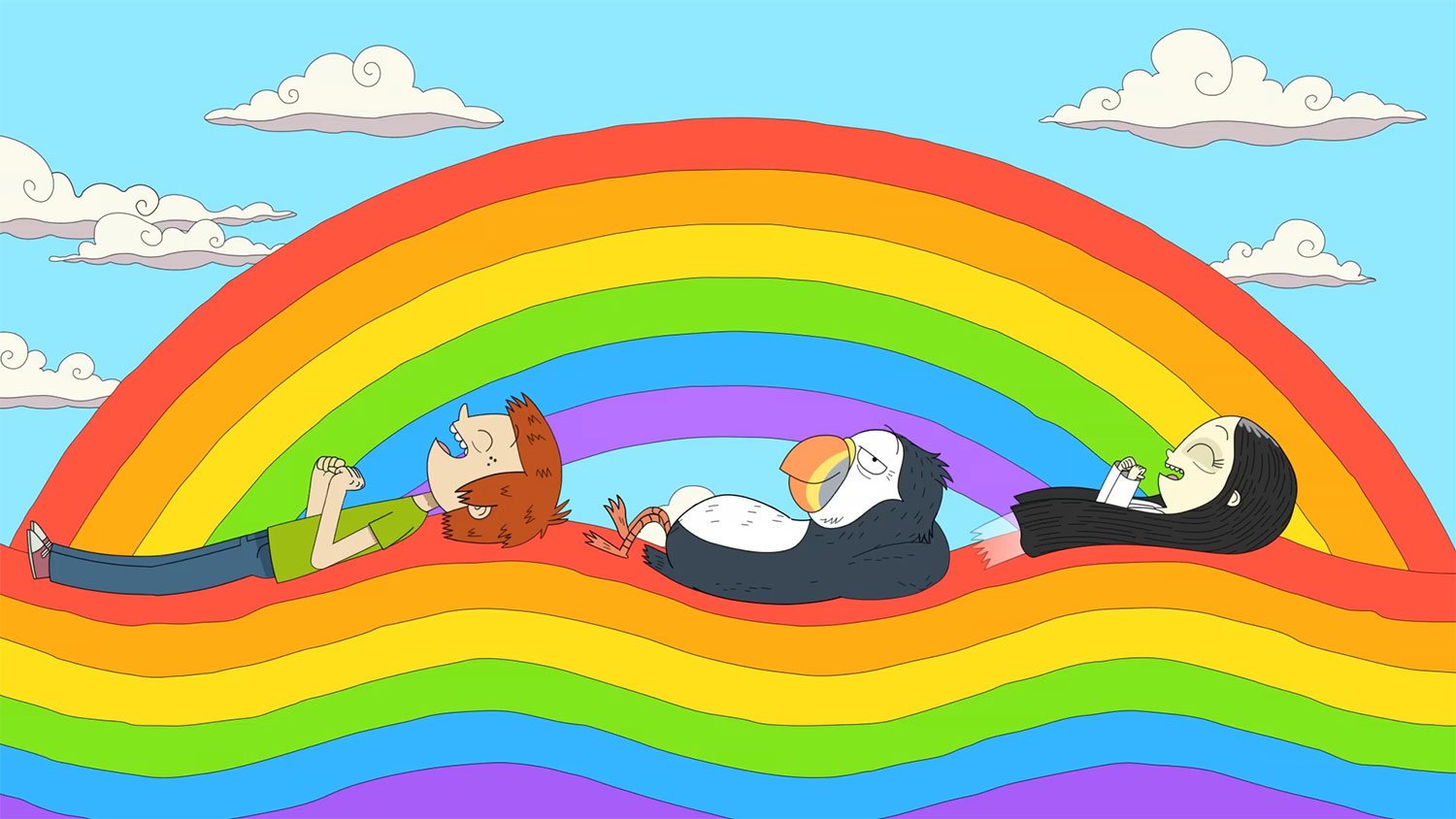
How long did it take to settle on a design? Given that you’re all writers, was it a challenge to know what visual style would fit?
John Hazlett: Our producer partner, Tatiana, had a lot of contacts on the production side, so we took the project to a number of studios and they did some character tests for us. Slap Happy really stood out – I think they got Akiko perfect right off the bat and their work had a real contemporary feel. And then we worked through all the other characters with them. Some were easy, and others like Puffin went through dozens of versions. They did such great work – as we’ve looked through the development folder there are many really great characters they came up with we never used. You could make another show just out of the castoffs.
In the end, choosing and refining designs was a process because we had ideas (sometimes three different ideas) of who the characters should be. How that became a solid visual was a discovery for us facilitated by some real genius [work] from Slap Happy. We did want an overall look with thinner lines and wanted to stay away from boxy characters.
It must have been a bit of an adjustment to have to collaborate and maybe compromise a bit on your visions?
John Hazlett: We did have to learn how to collaborate and supervise the process. One thing we learned was that if the creators are allowed to supervise the show through every aspect of the process, you get a stronger vision and a stronger show. Having someone who knows where the show is going at every creative juncture, voice records, boards, animatic, design, music, and sound mix is going to have a better outcome. There are just so many places a show can drift off the path that it really needs a navigator.
As far as compromises, it would be dramatic to tell stories about conflict with the network, but Athena Georgaklis at Teletoon was a champion of the project from the very beginning. Her notes always added and improved the stories. She was our guardian angel. Every project needs one of those.
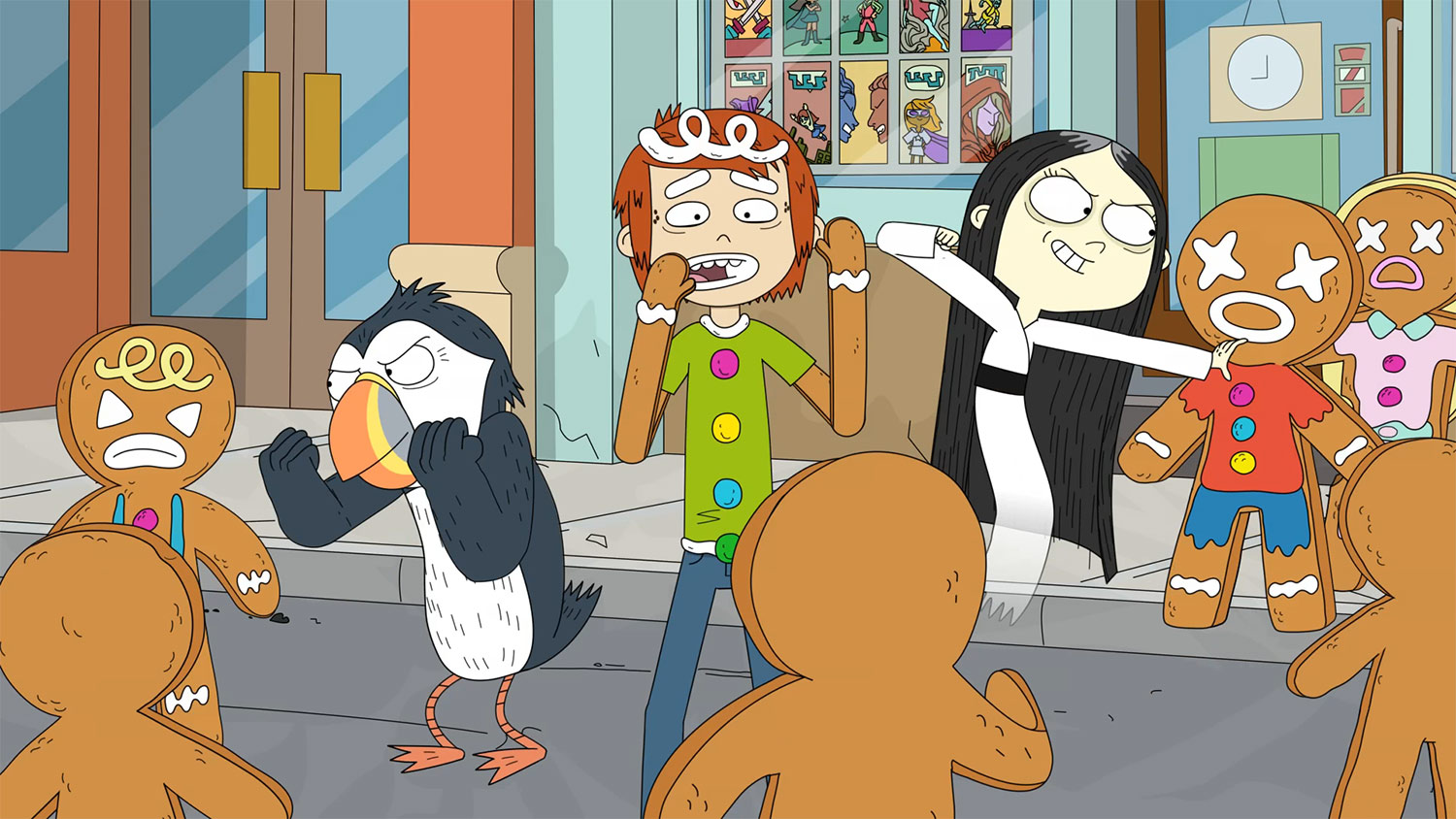
It all sounds like an episode of Wishfart. You were granted a wish (by Teletoon) and then had to scramble and work your tails off to make it happen…
John Hazlett: It was a roller coaster ride and like any project there were many moments where everything could have fallen apart, but thankfully we had more good luck than bad.

.png)